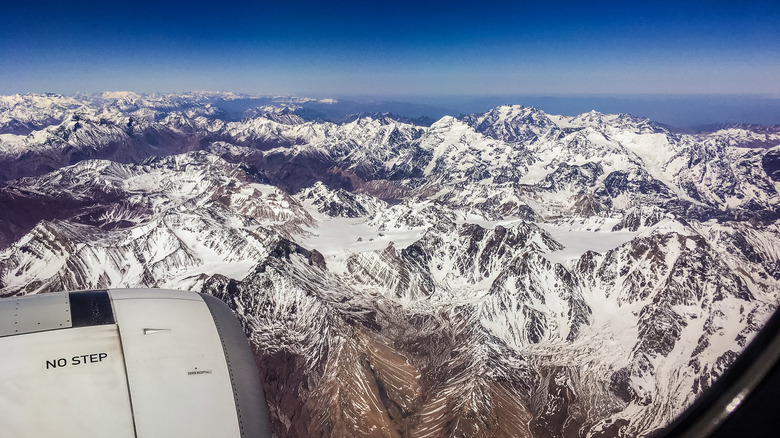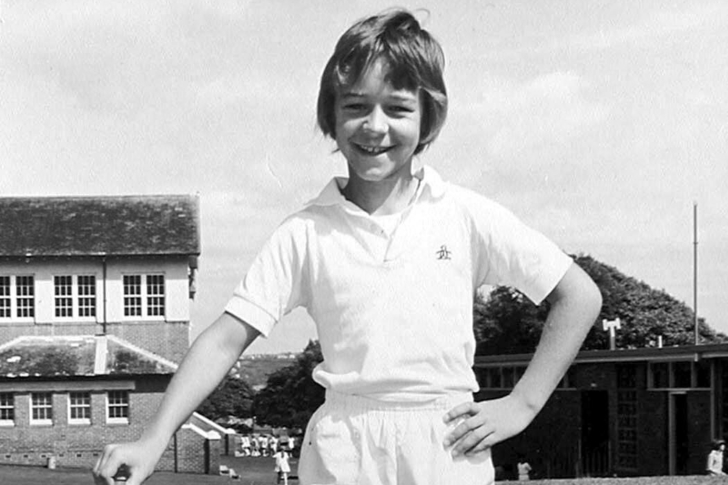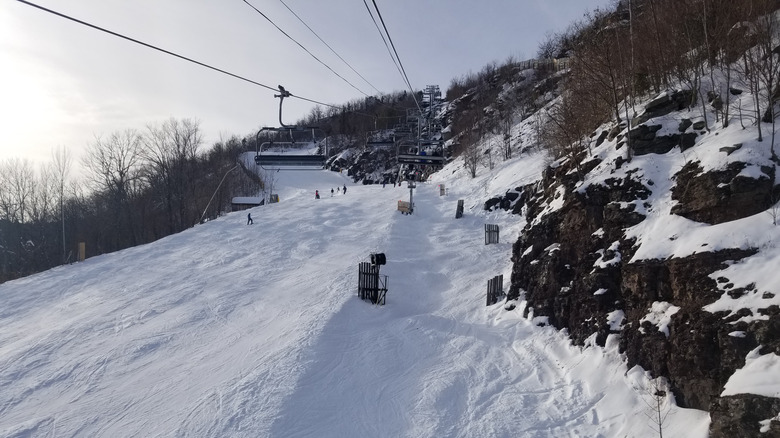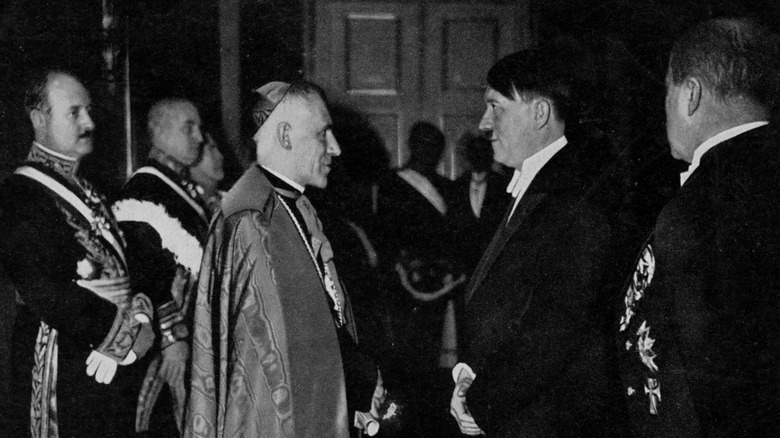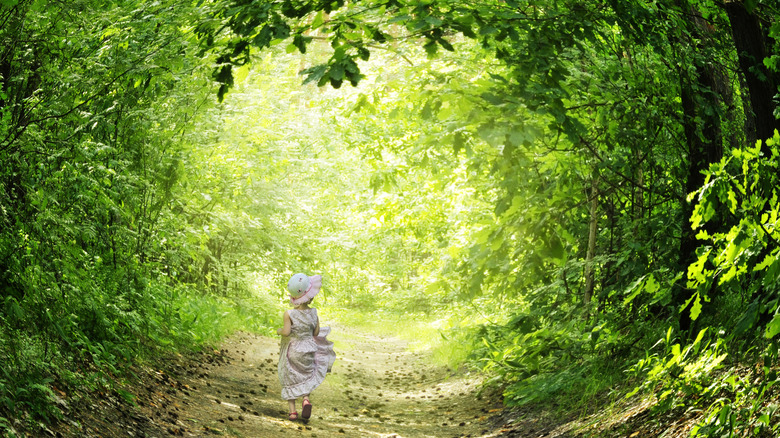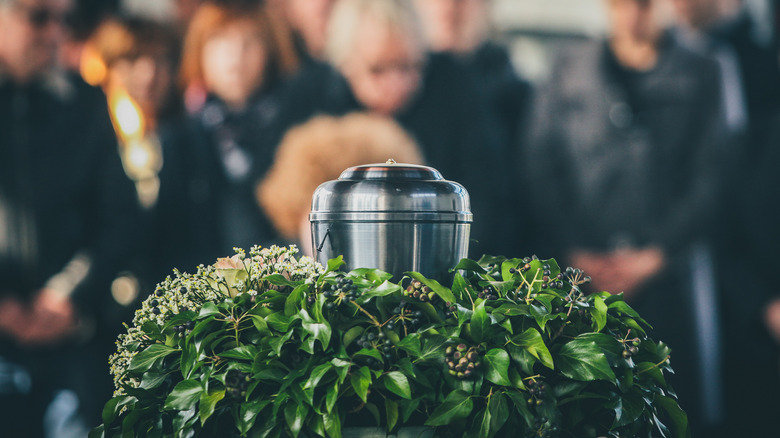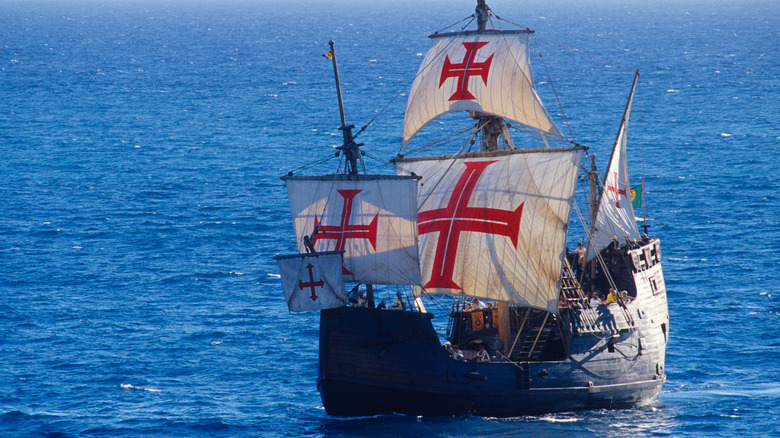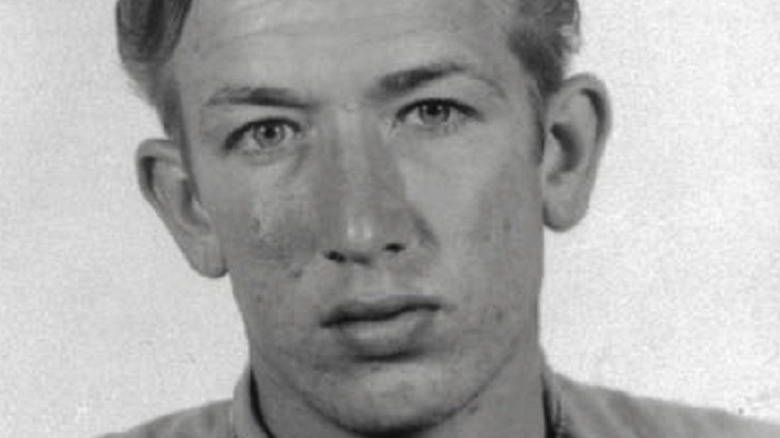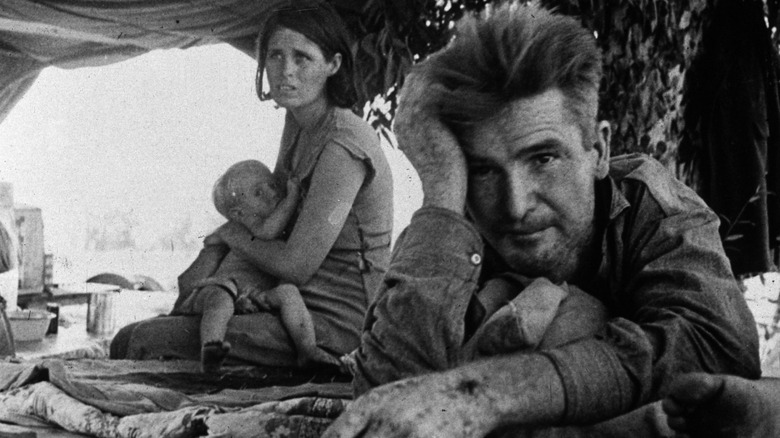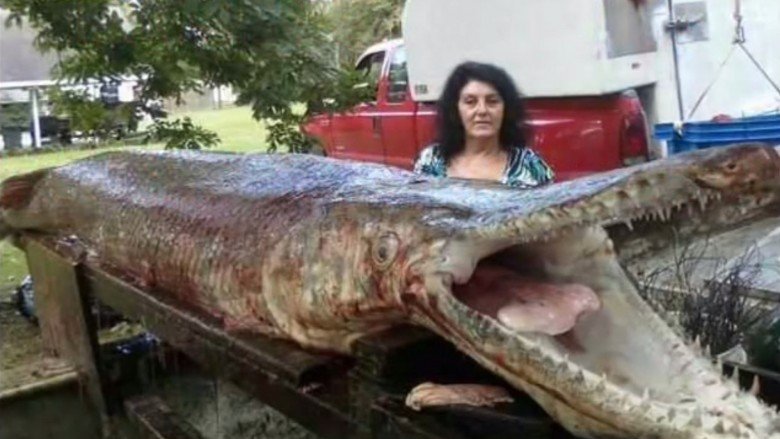
The Tragic Truth Behind The Andes Plane Crash
On October 13, 1972, the Uruguayan Air Force Flight 571 crashed in Argentina, and the subsequent days of survival would impress and disturb people worldwide. The flight was charted by the Uruguayan amateur rugby team who were traveling to Santiago, Chile, and there were a total of 45 people on the flight. But by the time they were found two months later, only 16 were alive (via Britannica).
Nearly one hour after the plane took off, the pilot contacted air controllers saying he was flying over Curico, Chile, and they were preparing to land. However, he was still in the Andes, and shortly after that, air controllers lost contact with the plane. The controllers started to look for the missing plane, but it was clear they had the wrong location. The rescue mission expanded the region they were searching, but the mountains were covered with snow, making the task very difficult. After eight days, the rescue mission came to an end after the team determined that no survivors could possibly have survived the extreme weather conditions.
The survivors heard the news on the radio. “We felt abandoned, and we felt so angry with everybody, with – even with our families, with the world, with God, with nature, with everything. We were absolutely angry. But very fast, very quick, we realized that the only way to get out would be by doing it by ourselves,” said Eduardo Strauch, one of the survivors (via NPR).
The survivors had to improvise
When the plane crashed into the mountain’s snowy peaks, 33 people survived and 12 died. Several people were injured, and after the first night stranded in the mountains, five other people died. According to The New Zealand Herald, the survivors created a shelter using parts of the airplane, and the group soon realized they had to be organized and improvise to survive. They melted snow to get water, filled the rugby socks with meat when they went for a trek, and used the kitchen’s insulation as a sleeping bag.
Robert Canessa, a survivor who was a 19-year-old medical student during the ordeal, was responsible for taking care of injuries and carting the dead bodies, per National Geographic. “We needed blankets, so we skinned the seats of the plane, which contained a wool fabric. We put all the suitcases at the back of the fuselage to keep out the weather. We made sunglasses from the plastic screen in the pilot’s cabin. We used the bottom of the seats for snowshoes and built hammocks for the people with broken legs,” he said.
Canessa would go on to become one of the most famous doctors from Uruguay and write books about his experience.
The most difficult decision
During one week, the group burned through the supplies in the airplane, which were mostly candies and wine. According to Eduardo Strauch, when their food supply ran dry, they tried to eat the leather from the shoes and belts. But the plan didn’t work out, and they had to find something to eat, NPR reported. After a lengthy discussion, the group decided they had to consume the corpses to survive.
“I was convinced that it was the only way to live,” Strauch said. “I want to live. I was very young. And at the beginning, when I realized it was what I was going to do, my mind and my conscience was OK. But physically, it was very difficult to get it in the first day. Even to us, they were very small pieces of frozen meat. It doesn’t taste anything. I get used to. And at the end – absolutely disconnected with the origin of that food.”
Robert Canessa has also been open about his experience. “My main issue was that I was invading the privacy of my friends: raping their dignity by invading their bodies. But then I thought, if I were killed, I would feel proud that my body could be used for others to survive,” he said, per National Geographic.
The rescue came two months later
Despite their new cannibalistic plan for sustenance, people were still dying every week. And on October 1972, the most dramatic moment of the ordeal happened when an avalanche killed eight more people and covered part of the plane they were using as a shelter.
The group made expeditions to look for help. On December 12, there were only 16 survivors when three of them decided to go on a new expedition. One of them returned, but the others reached Los Maitenes — a village in Chile — after eight days. According to Britannica, the rescue came two days later. The team first rescued six survivors, and the other eight had to wait until the next day due to the bad weather.
The rescue received lots of media attention, especially when people found out the survivors had to eat each others’ bodies to remain alive. The story has inspired books and movies, including “Alive.” Nearly 40 years after the accident, the survivors are still making the headlines by sharing their unbelievable experiences in interviews and literature.

16 Best Inventions From The Industrial Revolution
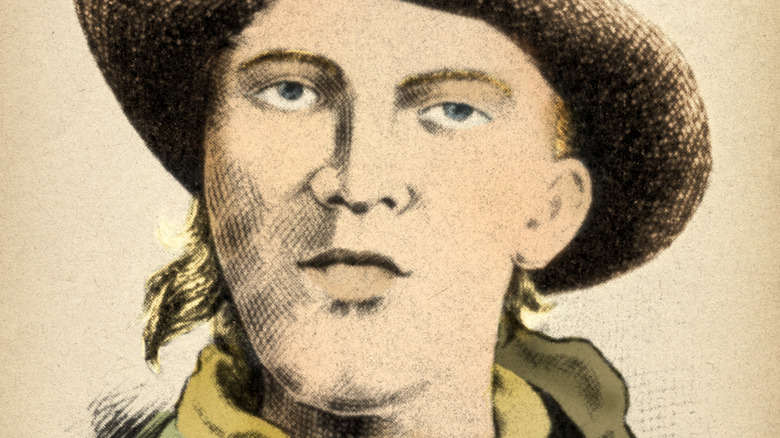
The Billy The Kid Theory That Could Change Everything

Here's How JFK Faked His Way Into The Navy
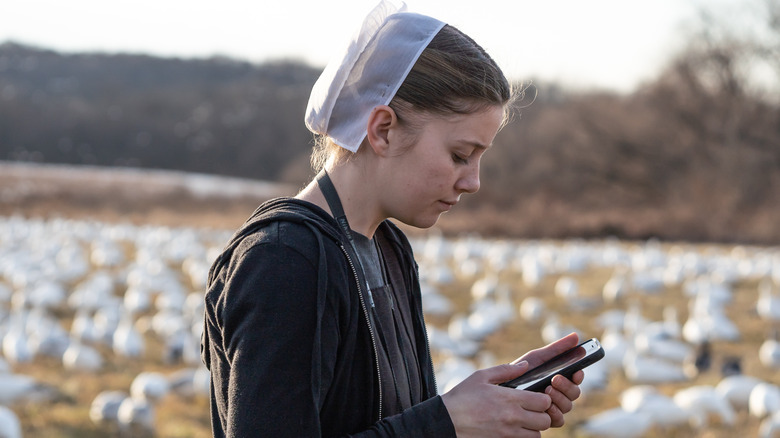
Are Amish People Allowed To Have Cell Phones?
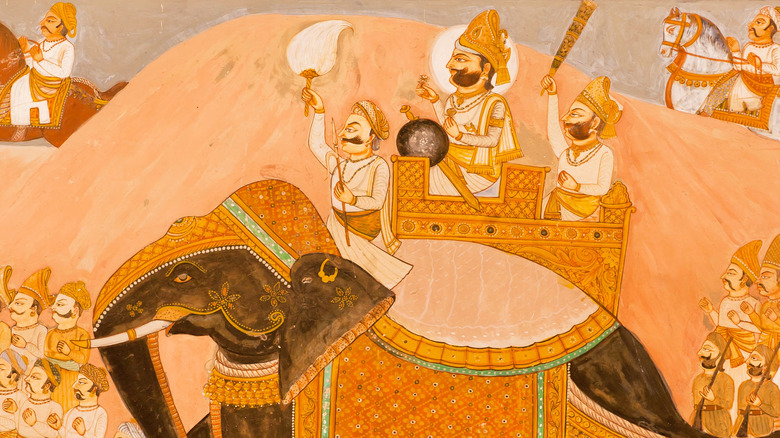
How Elephants Have Been Used As Weapons In Warfare
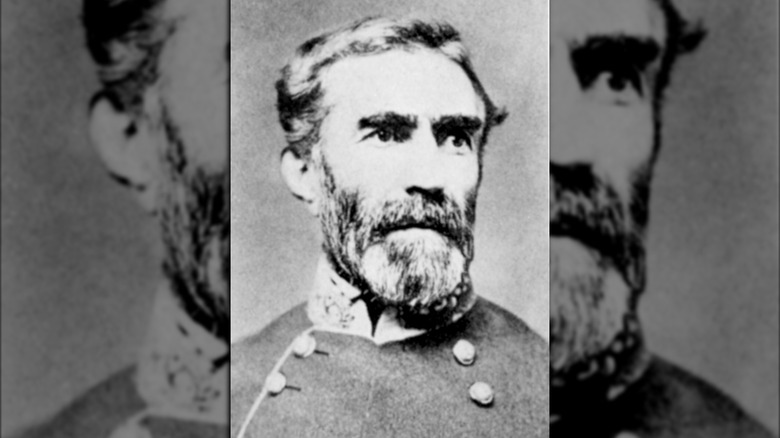
The Unexpected Post-War Death Of Civil War General Braxton Bragg

The Tragic True Story Of Richard II Of England
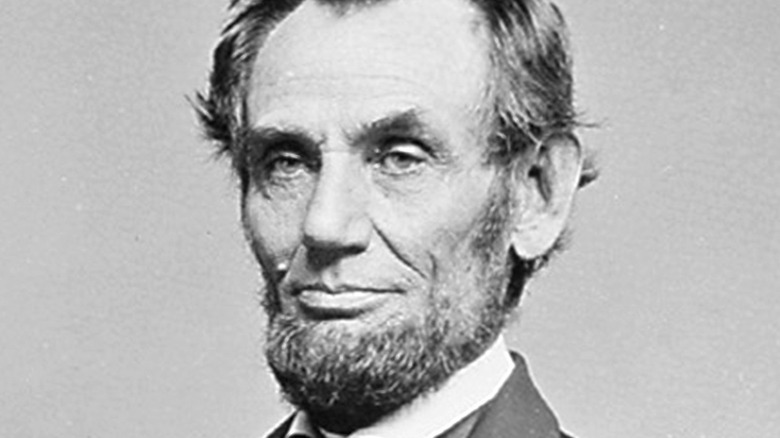
The Legend Of Abraham Lincoln's Ghost In The White House Explained
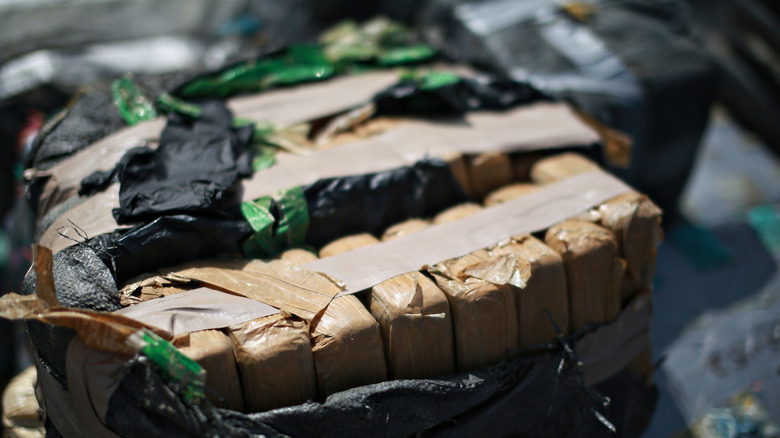
Cocaine Cowboys: The Tragic Death Of Augusto Falcon's Wife
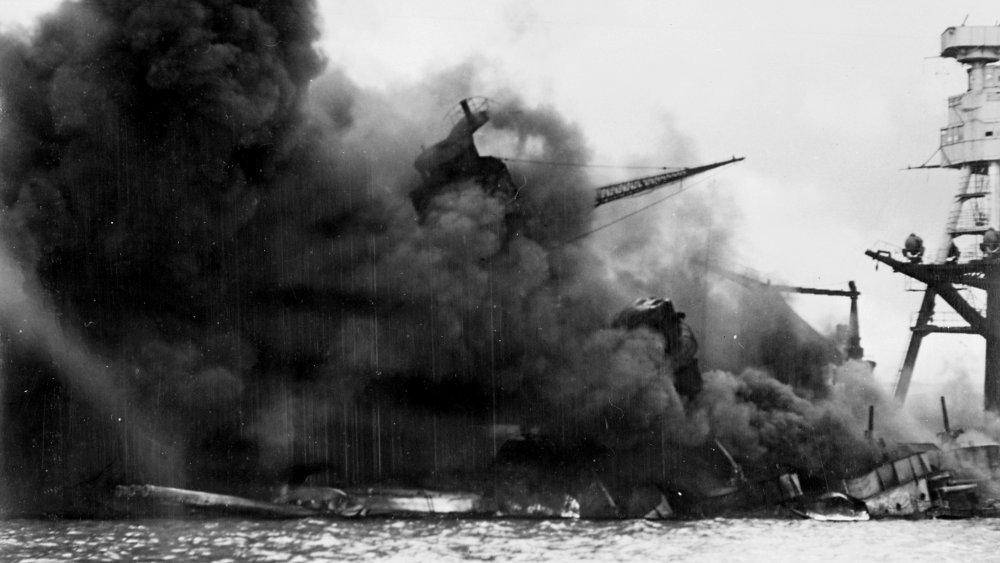
This Is How An Advertisement Actually Predicted Pearl Harbor
